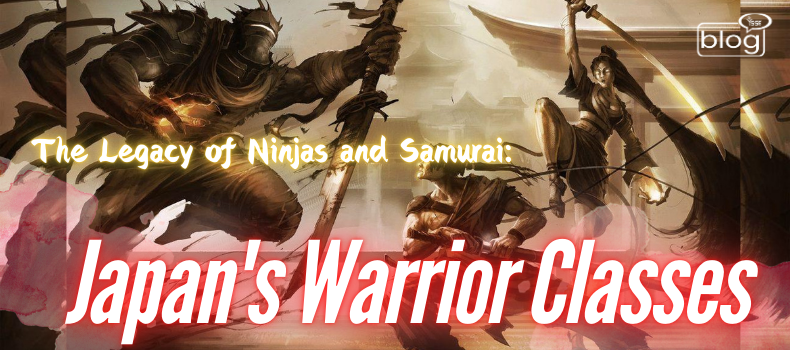Japan is a country with a remarkable history and culture. Its history of two distinct warrior classes, samurai and ninjas, features iconic figures admired by global audiences. These two warrior classes shaped both the military strategies of the country and the morality of society.
The legacy of ninjas and samurai is considered a symbol of distinct roles, honor, discipline, and strength. A lot of historical books, movies, and literature have been written and made so that the world can know about them better.
Audiences of all ages are still eager to learn more about them than what they have discovered so far. The more you read about them, the more you will explore and appreciate their lifestyles and action skills.
The Samurai: Guardians of Honor and Tradition
Japan’s elite warrior group, the samurai, are famous for their martial power and very rigorous code of conduct. This code of conduct is essentially a package of respect, bravery, self-discipline, and honor. The meaning of samurai is ‘to serve,’ which came from a Japanese word called saburau.
The name reflects their loyalty as servants to their feudal lords (1603–1868). Despite being soldiers, they were also well known for their intellect and strategies. Along with these qualities, they were also good poets.
Samurai were well-trained in combat techniques. They were also outstanding fighters with swords. Horse riding and archery were also part of their training. Samurai were bound by discipline and expected to adhere to their principles until death.
There used to be a very controversial and painful tradition in samurai culture named seppuku, meaning ritual suicide. Often, it was performed by samurais who failed in their goals or brought shame to their family or lord to maintain honor.
Samurai classes were demolished during the period of the Meiji Restoration (1868), when the Japanese government decided to modernize military forces.
The Ninja: Masters of Stealth and Espionage
Shinobi, or ninja warriors, were well-trained in assassination in many strategic ways. Sabotage and guerrilla warfare were the most fascinating among them. Also, they were trained with a bunch of survival skills too. The weapons they used to fight included smoke bombs, concealed blades, etc., although they were great fighters with or without weapons.
They were experts at blending with the environment and leading missions under smoke or darkness. Their tactics made them invaluable during wartime. They had supernatural-like skills, such as becoming invisible or walking on water. They were also experts in psychological manipulation and disguise.
Samurai and ninja had different codes of conduct. Ninjas were experts on stealth and cunningness.They succeeded in their missions by operating outside the law or going against it whenever it was needed. 1467–1603, is known as the Warring States period of Japan. Ninjas often spied on rival samurai clans and frequently clashed with them during that time. To succeed in their missions, they recruited intelligent individuals primarily. Ninjas were great thinkers and resourceful warriors of that era.
Ninja and Samurai in Modern Culture
In Japan, people carry forward their warriors’ traditions to influence and shape modern society. Japan is famous for martial arts, which aim to keep samurai traditions alive. There are also many ninja schools, known as ninjutsu, that train people in the ancient survival and fighting techniques of ninjas. However these schools are more focused on preserving history and culture.
In today’s time, ninjas are iconic figures in Japanese pop culture. Many movies about them have been made. Along with these, there are also many video games based on their action techniques. The media often features ninjas with superhuman abilities and mystical powers. They remain a significant part of Japanese history and mythology. Samurai are also portrayed in Japan’s world-famous anime series such as Rurouni Kenshin and Samurai Champloo. Japan’s historical traditions and modern creative storytelling have been bridged by samurai anime series, which are now inspiring the legacy.
The Enduring Legacy of Japan’s Warrior Classes
Many essays, historical books, literature, and images have been created about them, through which everyone can learn. Japan’s feudal era left an enduring mark on history. One of the many reasons for this impact is the achievements of two distinct warrior classes: the disciplined and honorable samurai and the stealthy, elusive ninja. These iconic figures shaped the nation’s history and continue to captivate global audiences through literature, cinema, and pop culture.They will always remind modern society of the need for honor, discipline, and values to develop the society. Whether through traditional martial arts or the entertainment industry, samurai and ninjas will always be an important part of history. They will continue to inspire generations to carry their iconic legacy forward.
To read more blogs, click here.
Writer
Humyara Yeasmin
Intern, Content Writing Department
YSSE.

